Dopłaty i ulgi na zakup ładowarki do samochodu elektrycznego – aktualny przewodnik Zakup ładowarki do samochodu...
- There are no more items in your cart
- Shipping
- Total zł0.00

Types of EV Charging Cables – What Are the Differences and Which One Should You Choose?
An electric car charging cable is a fundamental part of daily EV use. While it might seem like "all cables work the same," in reality, the differences between types are significant, impacting charging convenience and overall safety. In today's article, we'll look at the types of car charging cables, what makes them different, and how to choose the right one for your needs.
Table of Contents:
- Types of Car Charging Cables – Basic Classification and Use
- Electric Car Charging Cables Type 1 and Type 2 – Differences and Compatibility
- How to Choose a Car Charger Cable? Length, Power, Technical Parameters
- Adapters and Additional Accessories – When Are They Worth Using?
Types of Car Charging Cables – Basic Classification and Use
Several types of car charging cables are available on the market, differing primarily in connector type and application. The most common are AC (alternating current) charging cables, designed for home wallboxes and public AC charging stations.
The basic classification includes:
- Type 1 cables – mainly used in American and Asian vehicles.
- Type 2 cables – the European standard, dominating vehicles sold in the EU.
There are also cables for fast DC (direct current) charging (e.g., CCS, CHAdeMO), but these are usually an integral part of the charging station and don't require your own cable.
Electric Car Charging Cables Type 1 and Type 2 – Differences and Compatibility
A Type 1 electric car charging cable has 5 pins (metal contacts) and allows for single-phase charging, most often up to 7.4 kW. In contrast, a Type 2 cable has 7 pins and enables both single- and three-phase charging (up to 22 kW), making it more versatile and efficient.
Most European cars – including Tesla, Renault, BMW, and VW – use Type 2 charging cables. For this reason, it's worth choosing a solution compatible with the infrastructure available in Europe.
How to Choose a Car Charger Cable? Length, Power, Technical Parameters
Wondering how to choose a car charger cable? You need to consider several important parameters:
- Cable length – standard lengths are 4, 5, or 7 meters. Shorter cables are more convenient for storage, but longer ones provide greater flexibility when parking.
- Charging power – should match the power of the charging station and the vehicle's capabilities (e.g., 3.6 kW, 11 kW, 22 kW).
- Connector type – Type 1 or Type 2, depending on the car model.
- Weather resistance – it's worth choosing cables with an appropriate IP rating and thermal insulation.
A correctly chosen cable eliminates the risk of charging interruptions, port damage, and unnecessary energy loss.
Adapters and Additional Accessories – When Are They Worth Using?
In situations where a user has a car with a less common connector type or a charger incompatible with their vehicle, it's worth considering an adapter. EV charging adapters allow you to connect different standards (e.g., Type 1 to Type 2) without needing to replace the entire cable. A well-chosen adapter ensures safety, a sealed connection, and stable energy transmission.
It's also worth paying attention to protective accessories: cable bags, wall mounts, and protective caps for the ends – these extend the cable's lifespan and increase user convenience.
Choosing the right electric car charging cable is a decision that should be well thought out. Considering compatibility with your vehicle, charging power, and cable length helps avoid operational problems and increases the efficiency of daily charging. If you're looking for reliable cables for your EV, be sure to explore our store's offerings. You'll definitely find a product suited to your needs!










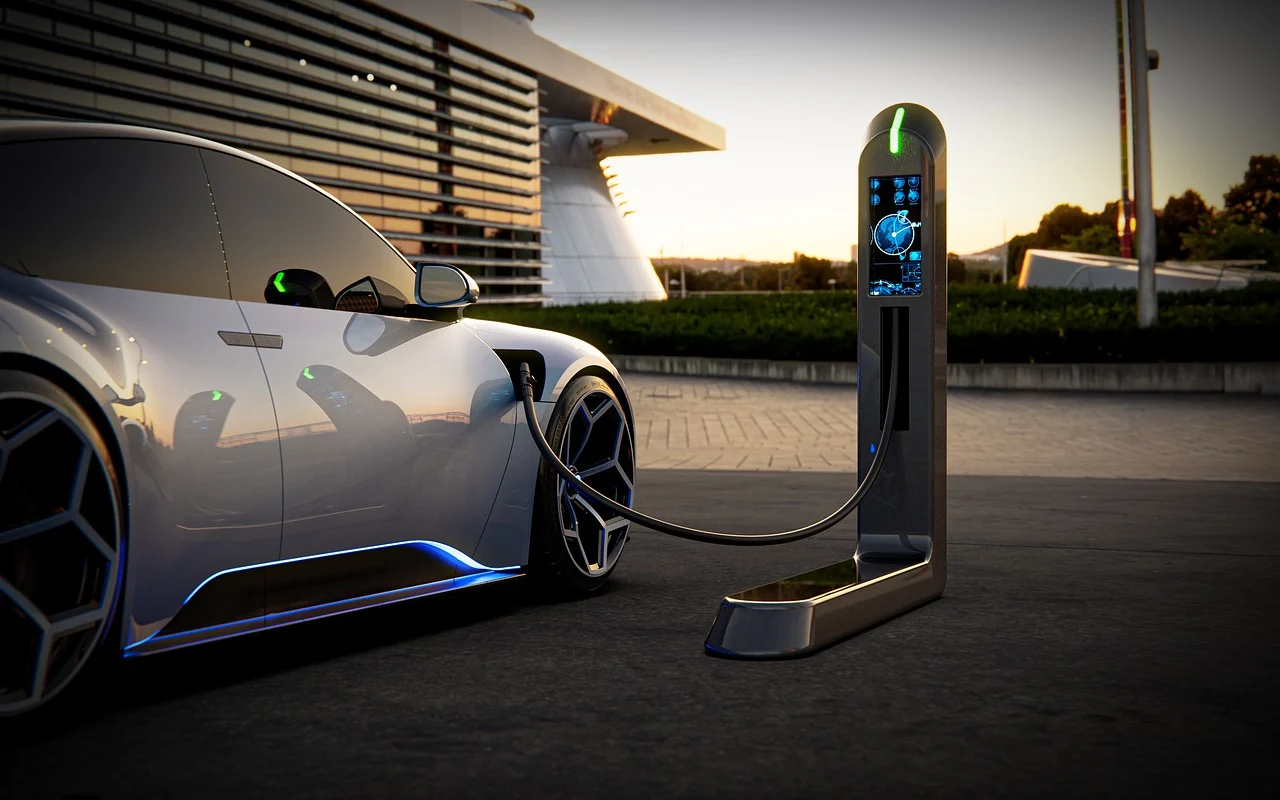

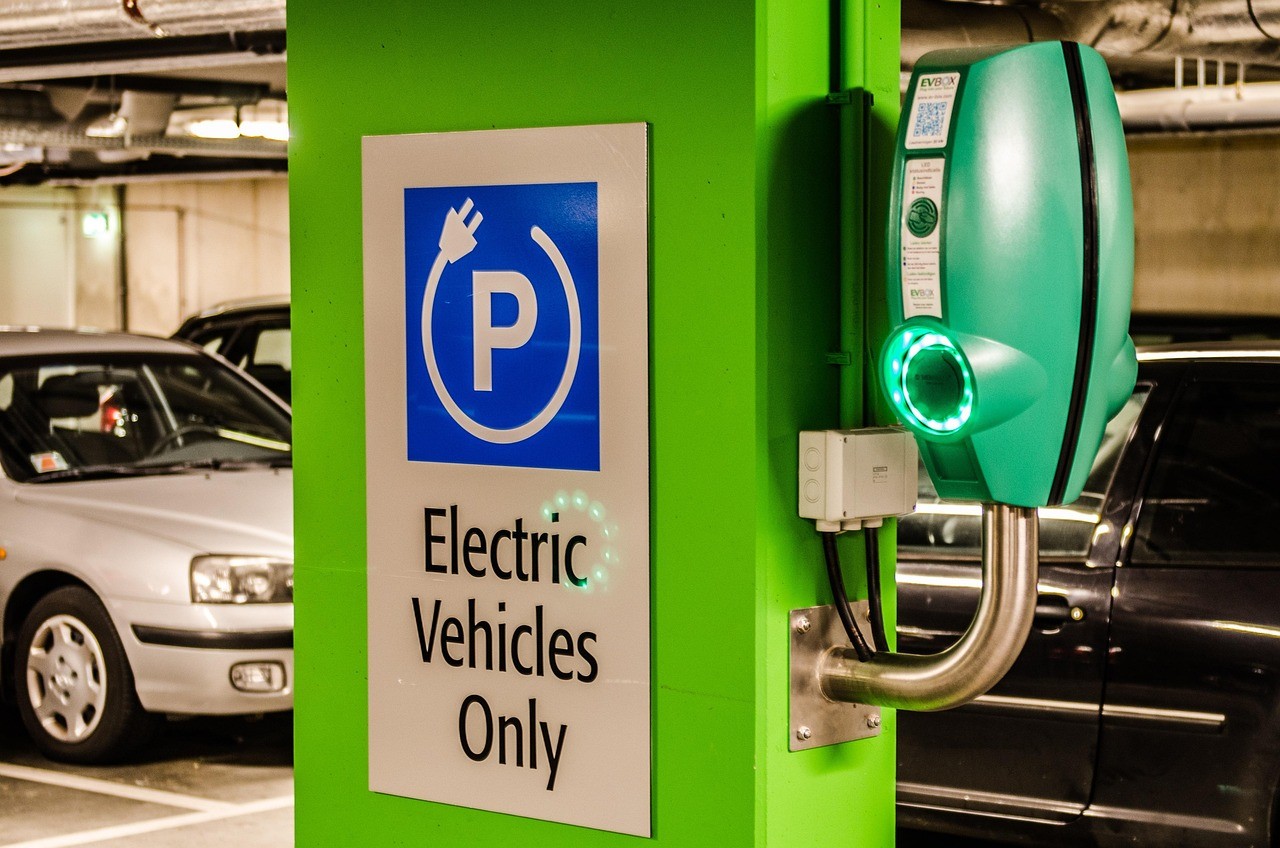
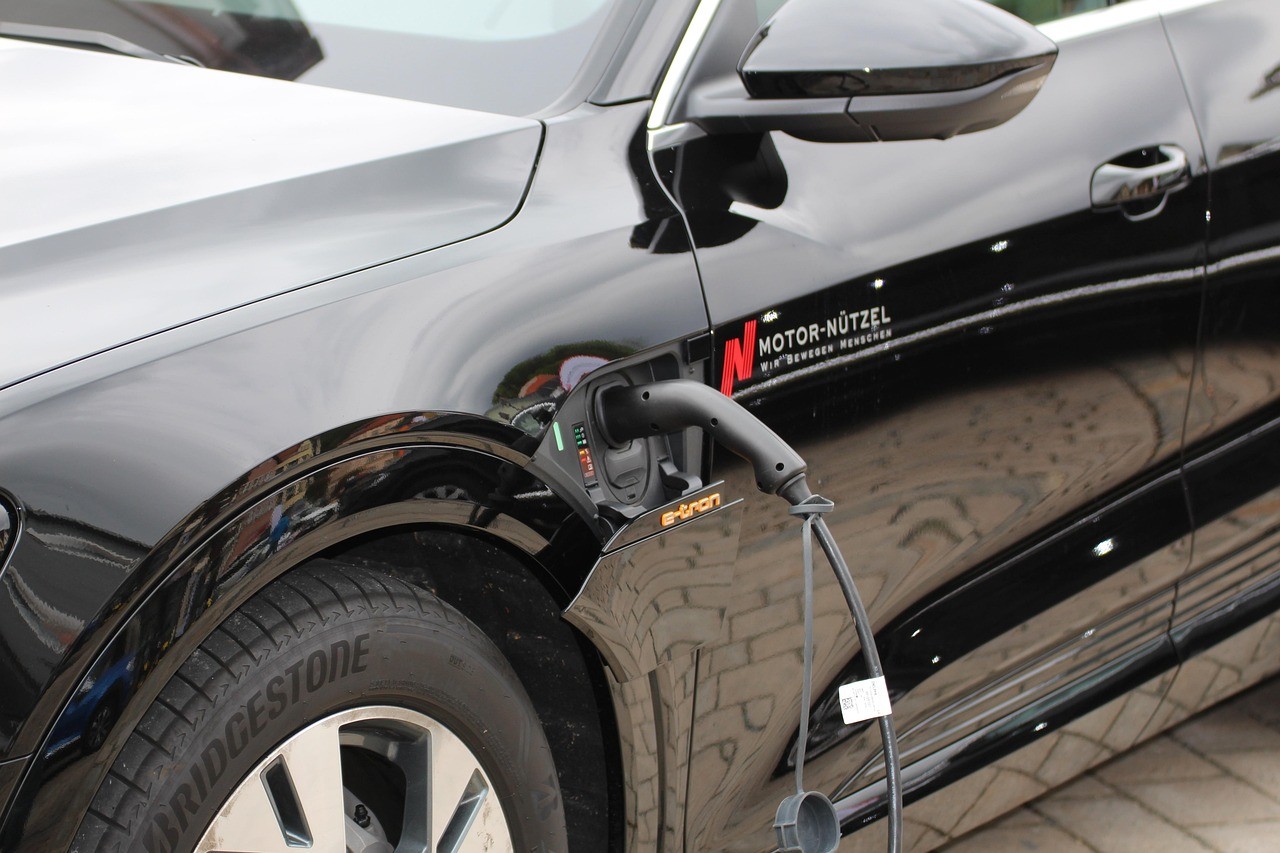
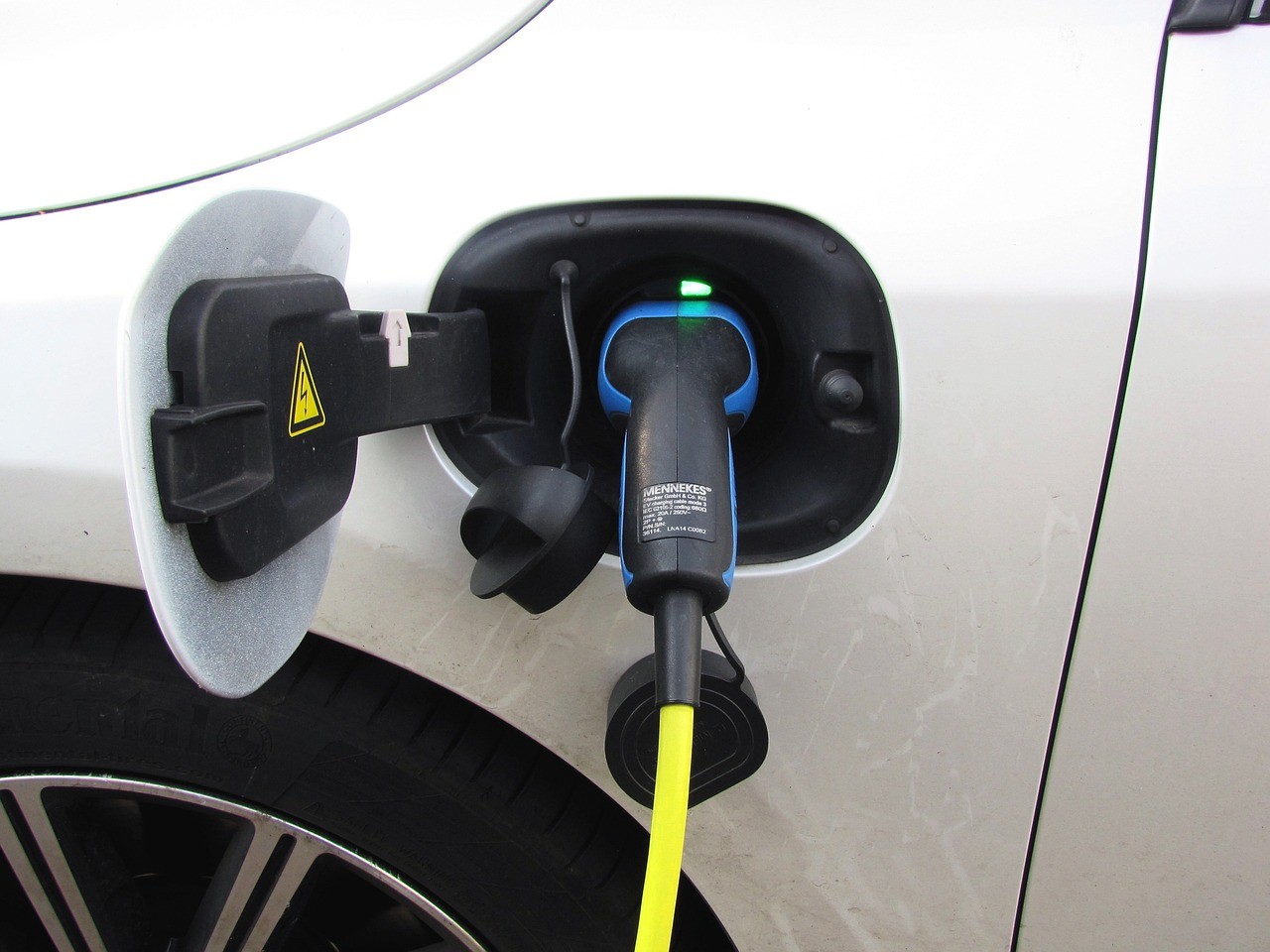
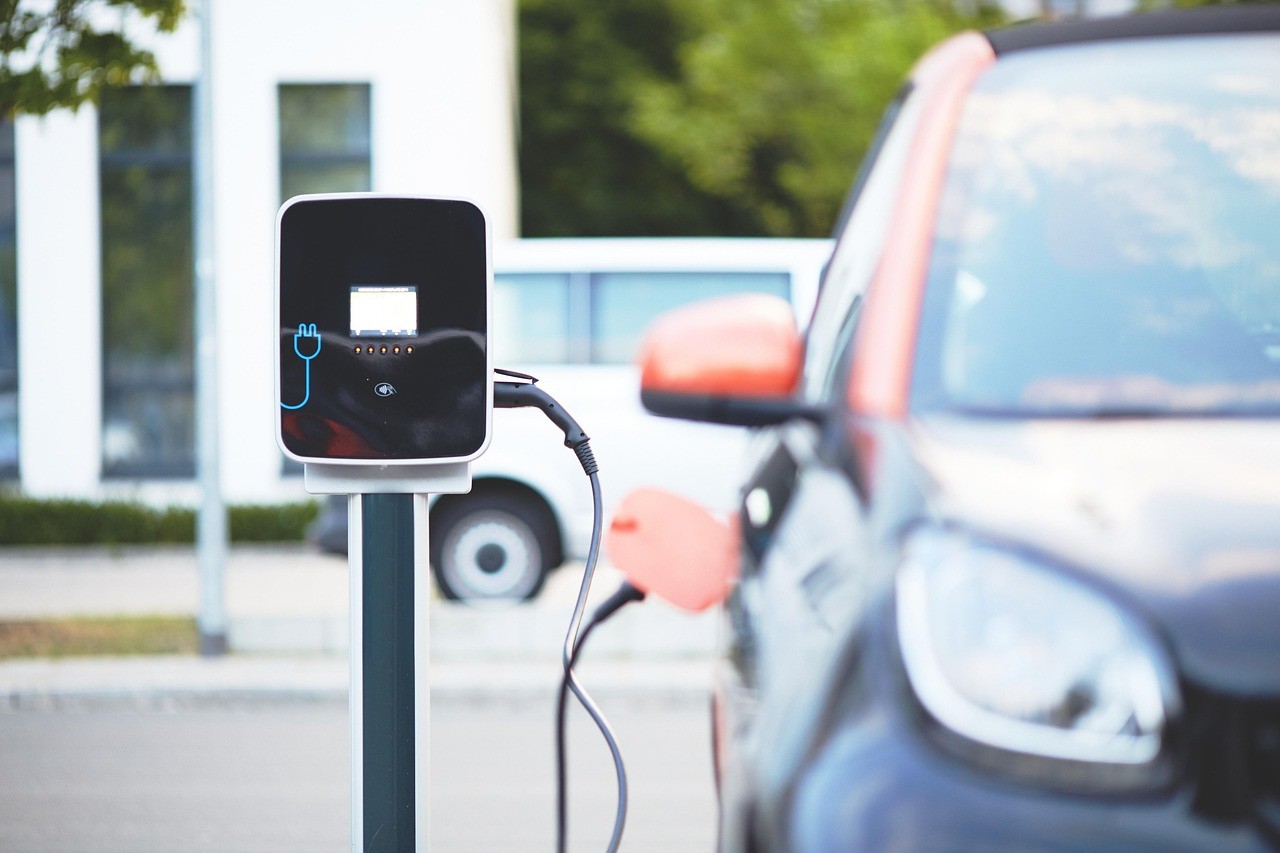
Leave a comment